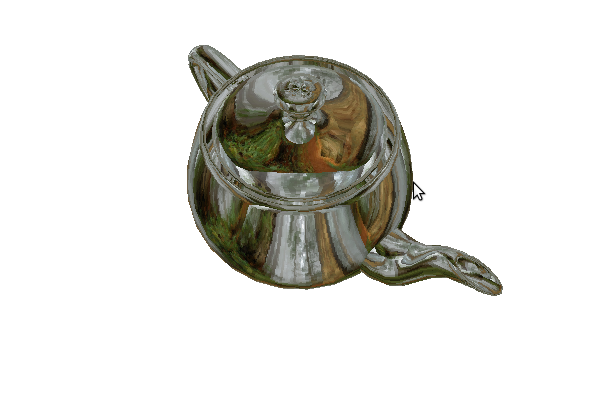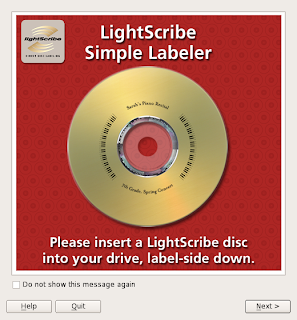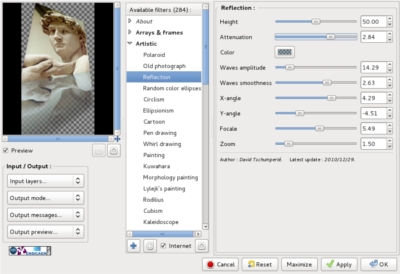Today I focused on a problem you often encounter.
We have a web folder containing a series of large image files. We want to see the folder that contains but would be difficult to download all the images and then view them search to find a picture of us.
I installed Greasemonkey addon and I began to study how it works.
I don't have experience with javascript programming.
I still managed to make the script below:
// ==UserScript==
// @name show-image
// @namespace show-image
// @description show images from files
// @include http://*
// @version 0.1
// ==/UserScript==
var elements = document.getElementsByTagName("a");
for (var i=0; (anchor=elements[i]); i++) {
src = anchor.getAttribute("href");
if (src.indexOf('.gif') > -1 || src.indexOf('.jpg') > -1 || src.indexOf('.JPG') > -1 || src.indexOf('.jpeg') > -1)
{
img = document.createElement('img');
img.setAttribute('src',src);
img.style.width='10%';
anchor.appendChild(img);
}
}
You can add to show the png file by adding in the if condition in the script :
src.indexOf('.png') > -1 || src.indexOf('.PNG') > -1I hope to help you.




